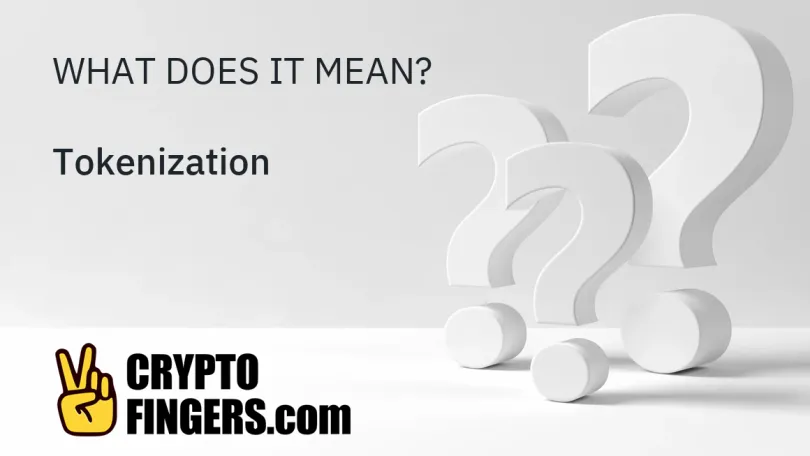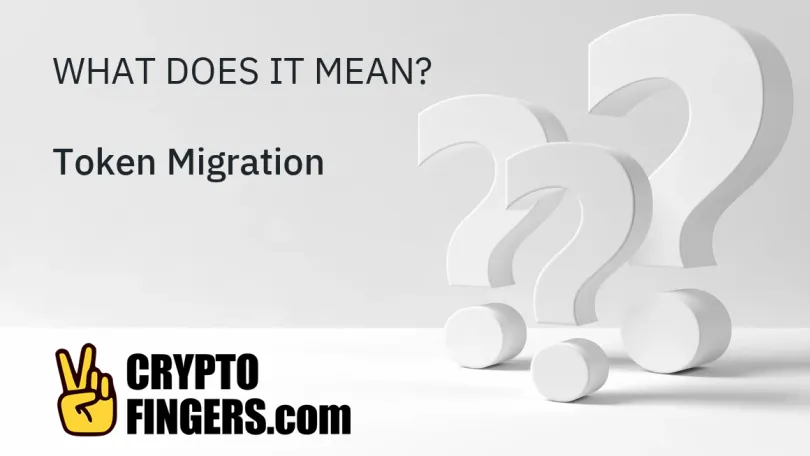⁝⁝⁝
Blockchain & Crypto Glossary
Tokenized representation takes place when a digital asset is locked up with a custodian, who then mints a one-to-one representation of that token on another chain. Within the context..
The tokenization value chain is a model that is based on the traditional value chain, or securities value chain, that facilitates the creation, distribution, trading, settlement, clearing..
Tokenization standard refers to the specific technical architecture of a blockchain's protocol, which in turn determines the nature of the tokens that are compatible with the network..
Tokenization is the act of converting the value of a tangible or intangible asset into a token. The token itself is a piece of code made up of a distinctive asset reference, unique..
A token swap can refer to one of two different processes. First, the direct exchange of a one crypto asset to another between two users — say, from ETH to BTC — which is usually facilitated..
Token supply is a general measurement of the number of tokens that a blockchain protocol has created, or will create in the future. There are different types of token supply metrics..
A token sale is any sale of tokens conducted by a blockchain project. Token sales are usually conducted in three main funding rounds: first a private sale, then a pre-sale, and lastly..
A token migration is the process of moving a cryptocurrency's coins or tokens from one blockchain to another. This often happens when a project transitions from using a third-party..
Token lockups, or vesting periods, represent a specific time period during which a user is unable to trade, sell, or transfer a set of cryptocurrency tokens. Without a lockup mechanism..
Token issuance is a process whereby a company creates a blockchain-based token. Token issuance requires consideration of numerous aspects of a token and how the issuers want the asset..
⁝⁝⁝
Trending news
- Artificial Intelligence (AI)
- Altcoins
- Bitcoin
- DeFi
- Ethereum
- Economy
- Market and Events
- Metaverse
- Mining
- NFT
- Regulation
- Web3
- show less
⁝⁝⁝ Test your knowledge



























